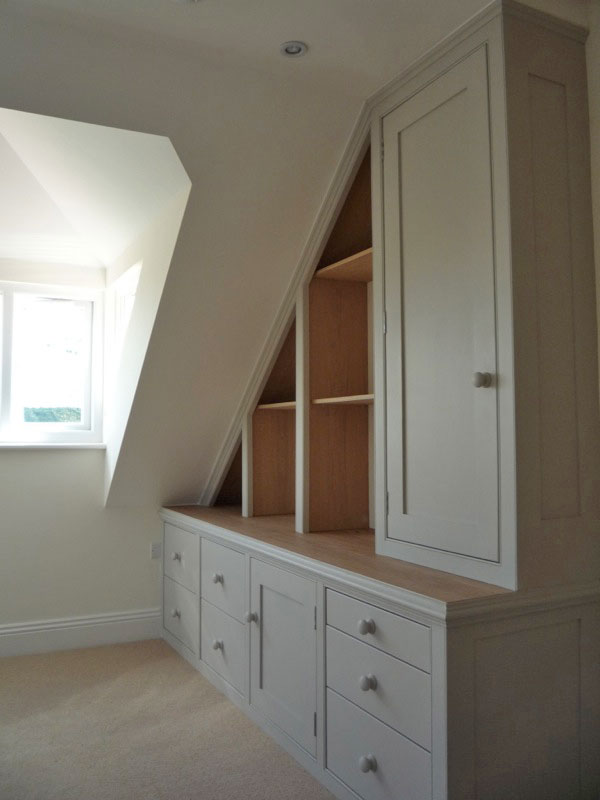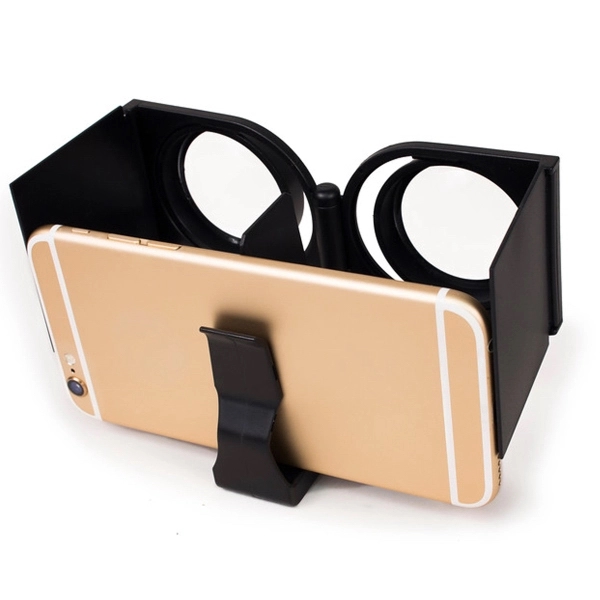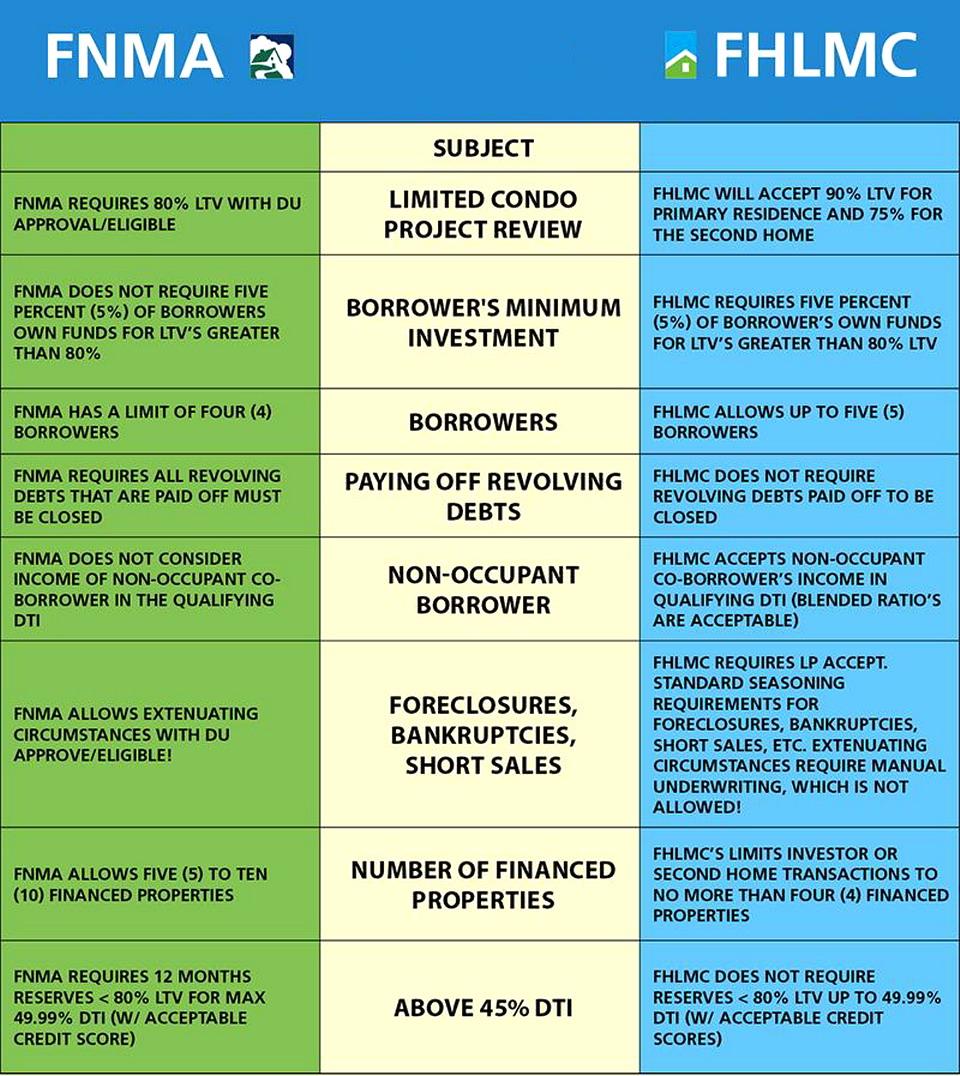Table of Content
- Make sure you check the battery cable connectivity
- Mounting the inverter
- Under Floor Heating or Radiator Systems? Or Both?
- How to change the mosquito bat battery?
- Why do you need an inverter for home?
- Have Questions? Please post your comments below for quick replies! Comments should be related to the above artcile Cancel reply
Understanding the components used in our power inverter is the key to understanding how power inverters work. Any sinewave or modified sinewave inverter will be be good. But any 250V square wave inverter will also work because all the mentioned appliances are SMPS based and therefore will ultimately convert the AC into DC regardless of the waveform. Hi Luke, You can compare the half bridge circuit like any other oscillator circuit, say for example like a IC 555 oscillator. So with such an oscillator you can simply add transistor stages and then configure your center tap transformer to get the full output. This will allow you to integrate any desired oscillator stage and get the required 220 V push pull output.
Once you’ve connected both negative and positive wires of the power supply, the LED should start glowing. You can use it to power the LED bulb or charge small gadgets. The ic will be damaged now when we give the load on transformer then mosfet will heat after that the ic will be damaged.. I purchased new ic it is also damaged… All connection will be correct i used v ceramic capictor, 100ohm 1/2watt resistance. All components connected properly sir..why it occurred i cant understand..
Make sure you check the battery cable connectivity
A 12 V lead acid battery is the most standard form of battery which is used for operating such inverters. Once you have connected the positive and negative wires from the power supply, the LED should begin to glow. You can use it to power the LED lamp or to charge small appliances.

Once the above heatsink installation is over, you simply need to interconnect a few high watt resistors and the 2N3055 with the selected transformer as given in the following diagram. Fit the output and input sockets, fuse holder etc. externally to the cabinet and connect them appropriately to the circuit assembly. Now join the heatsink, transistor, resistor assembly to the secondary winding of the transformer. The article deals with the construction details of a mini inverter. Read to know regrading the construction procedure of a basic inverter which can provide reasonably good power output and yet is very affordable and sleek.
Mounting the inverter
Yes you can try the mosfet version, you can use ordinary rectifier diodes for C1, C2. A 1N4007 might work for low power applications. Calculating MOSFET parameters may seem to involve a few difficult steps, however by following the standard design enforcing these wonderful devices into action is definitely easy. Assume that the upper half transistors conduct first, obviously they will be getting their biasing voltage through the lower half winding of the transformer via R2. The two halves of the circuit no matter how much they are matched will always consist a slight imbalance in the parameters surrounding them, like the resistors, Hfe, transformer winding turns etc. After reading this article, you will come to conclusion saying I can do it.
When a relay contact is normally open it means the coil is energized and normally closed means it is de-energized. Applying an electric current to a relay changes its state. After this, turn on power at the Electricity Board Meter then at the Double-Pole Switch Lighting Circuit. The inverter will be switched on automatically.
Under Floor Heating or Radiator Systems? Or Both?
Ratna is a B.E and has work experience in UK Mainframe IT industry. She is an author, editor and core partner at Electricalfundablog.
Let's begin with the most simplest in the list which utilizes a couple of 2N3055 transistors and some resistors. Start building your inverter by connecting all components according to the wiring diagram. A relay contact is normally open or normally closed .
The frequency here could be determined by accurately calculating the resistor R1 and capacitor C1. These components determine the oscillation frequency at the output of the IC which in turn sets the output 220V AC frequency of this inverter circuit. It may set at 50Hz or 60Hz as per individual preference. The device is constructed with locally sourced components and materials of regulated standard.
These 7 inverter circuits may look simple with their designs, but are able to produce a reasonably high power output and an efficiency of around 75%. Learn how to build this cheap mini inverter and power small 220V or 120V appliances such drill machines, LED lamps, CFL lamps, hair dryer, mobile chargers, etc through a 12V 7 Ah battery. The maximum output power of our homemade inverter depends on the size of the transformer and the input power supply. It is a square wave converter with a frequency of around 70 Hz and an efficiency of almost 65%.
This circuit design does not have any functional limit and comes with an efficiency of more than 75%. And in addition, it is capable of compensating almost all of our power needs and that too at very most of your power requirement at a very reasonable cost. To understand how to make an inverter easily, a simple step by step method is discussed in this post.

Is this correct because I have checked this configuration now numerous times. According to your diagram the IRF9540 source-3 goes to +12V. The IRF9540 drain-2 goes to the drain on the IRF540 and the gate-1 goes to both the 9540 & 540. Hi Suat, for MOSFET there’s virtually no limit, for a relay it may be 0.5 Hz at the max but it may slowly get degraded with time.
The idea was published many years back in one of the elecktor electronics magazines, I present it here so that you all can make and use this circuit for your personal applications. The output from the above oscillator stage is tied with a couple of more NAND gates used as buffers, whose outputs are ultimately terminated with the gate of the respective MOSFETs. The IC 4093 is a quad NAND gate Schmidt Trigger IC, a single NAND is wired up as an astable multivibrator for generating the base square pulses. The value of the resistor or the capacitor may be adjusted for acquiring either a 50 Hz or 60 Hz pulses. For 220 V applications 50 Hz option needs to be selected and a 60 Hz for the 120 V versions.

























